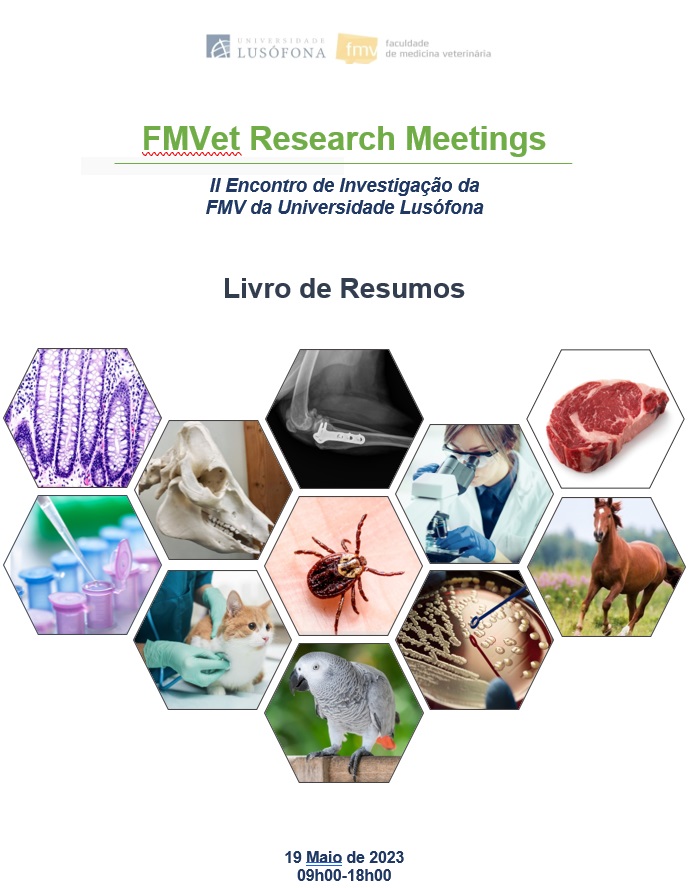The supratrochlear foramen in dogs and iberian wolves humeri: to have or not to have
Resumo
Objectives: The supratrochlear foramen (STF) is an anatomical feature of the canine humeri, that communicates the radial and olecranon fossae and may or may not be present. We aimed to describe STF prevalence and morphometry in different sized humeri from dogs and Iberian wolves.
Materials and Methods: Unpaired humeri from 52 dogs and 70 Iberian wolves were measured twice by two independent observers, using a digital caliper. Dog humeri were categorized into small (≤10cm) and medium/large (10,3-22,3cm) according to maximum length; wolf humeri length ranged between 18,0-22,8cm.
Results: 62,5% (15 of 24) of small dog humeri and 14,3% (4 of 28) of medium/large dog humeri were STF deficient, and only 1,4% of wolf humeri (1 of 70) didn’t exhibit STF. When present, STF longitudinal and transverse length was inferior in small dog humeri (3,23±1,61mm and 3,63±1,58mm) compared to medium/large (5,24±2,37mm and 6,20±2,18mm), and the ratio between both lengths was similar in small (1,17±0,18mm) and medium/large (1,25±0,23mm) humeri. In wolves, STF longitudinal and transverse mean length was 9,90±1,94mm and 10,73±1,55mm, respectively. In dogs (76%; 25 of 33) and wolves (65%; 45 of 69) an oval-shape STF, with a longer transversal axis, was more common than round-shape. STF margin distance to the medial epicondyle was greater than the distance to the lateral epicondyle in small dog (11,62±1,66mm vs 7,93±1,59mm), medium/large dog (21,02±6,29mm vs 13,88±3,76mm) and wolf humeri (23,63±2,14mm vs 13,96±1,46mm).
Conclusions: Our results highlight that STF is variable as far as its occurrence and size in dogs and wolves. In dogs, small humeri displayed STF deficiency or small size STF more frequently than medium/large, however in the Iberian wolf, STF absence was rare and less variable in size. The most frequent shape of STF was oval and it was closer to the lateral epicondyle, where canine humeral condylar fractures are predominant.
Keywords: Supratrochlear foramen; Humerus; Canine; Iberian wolf.
Funding: 2022/23 Exploratory project grant (SupT-Dog) by Faculty of Veterinary Medicine of Lusófona University (FMV-ULusófona).


